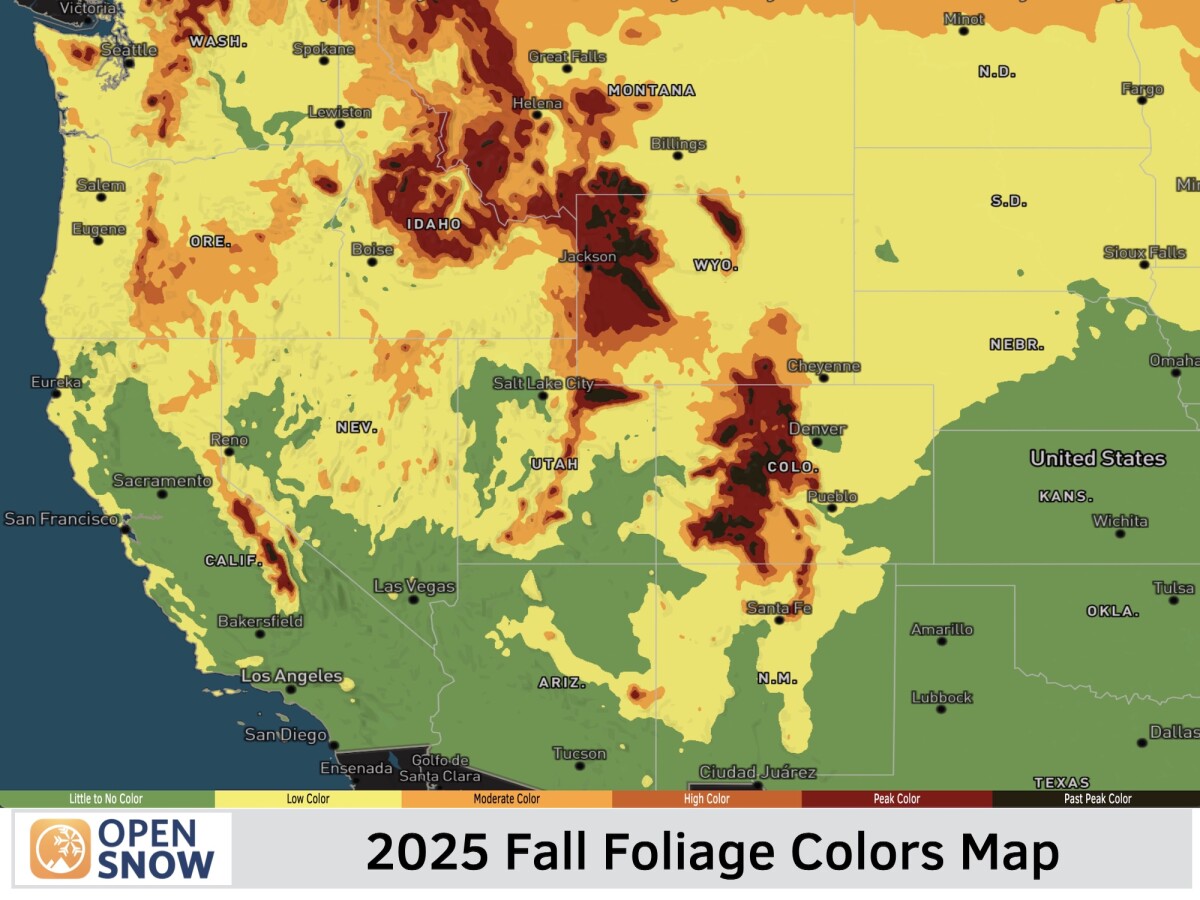Montana Daily Snow

By Bob Ambrose, Forecaster Posted 1 year ago September 28, 2023
2023-2024 Montana Winter Forecast Preview
Summary
For the upcoming winter season, an El Niño looks to be in store and with current oceanic readings showing it gaining strength, it looks particularly potent. In this first post of the 2023-24 season, I’ll look at historical SWE numbers from the past 7 El Nino Winters at SNOTEL sites near 6 of Montana’s more popular areas/resorts to look for possible clues for what we might expect this winter.
Short Term Forecast

To read the rest of this Daily Snow, unlimited others, and enjoy 15+ other features, upgrade to an OpenSnow subscription.
Create Free Account No credit card required
Already have an account?
Log In
Upgrade to an OpenSnow subscription and receive exclusive benefits:
- View 10-Day Forecasts
- Read Local Analysis
- View 3D Maps
- Get Forecast Anywhere
- Receive Snow Alerts
- My Location Forecast
- Add iOS Widgets
- Climate Change Commitment
- Upgrade to an OpenSnow Subscription
About Our Forecaster




